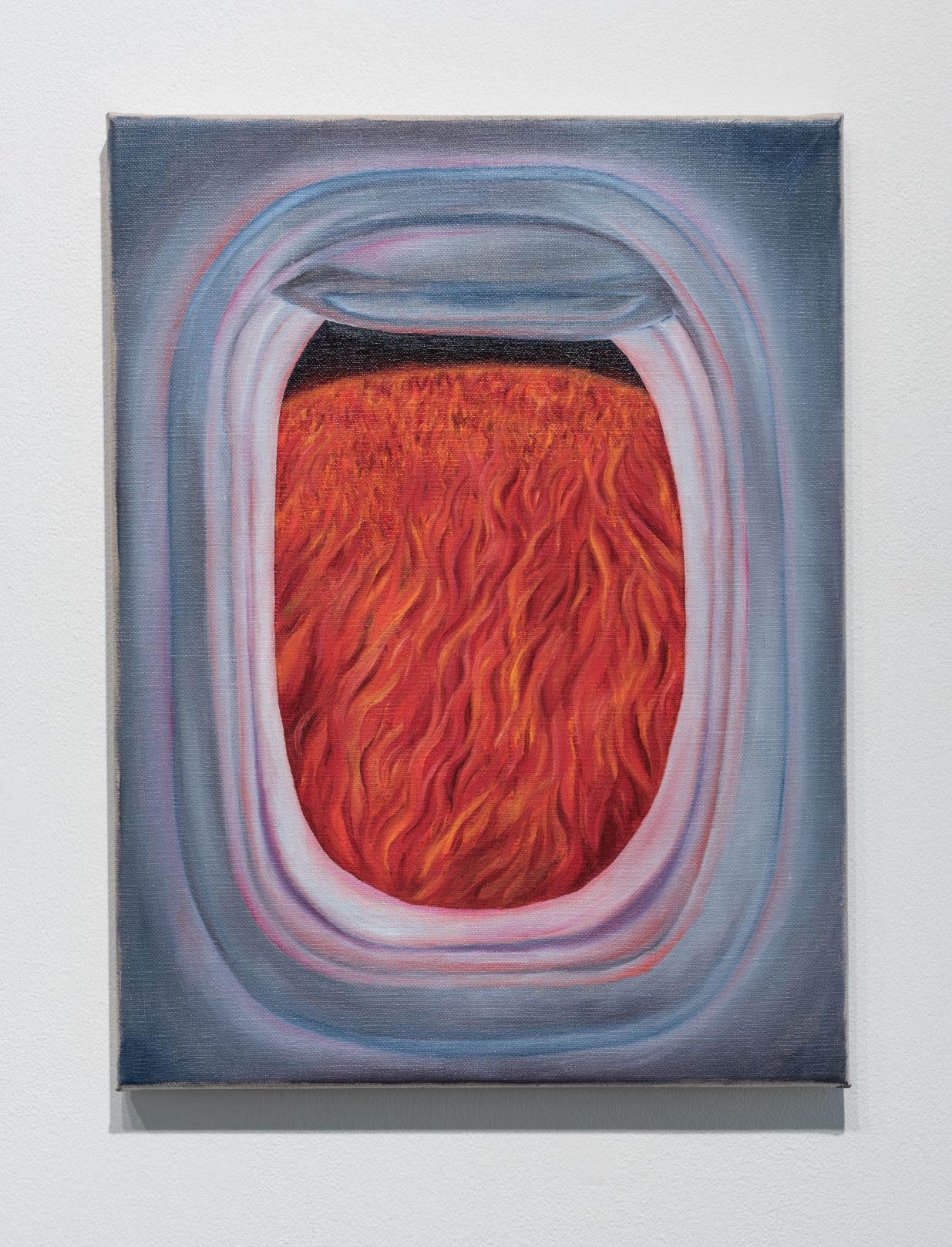COVID-19: art is that window you need to keep open
While the Coronavirus is rescheduling 2020 art world’s agenda, someone may think it is the time to get smart and experience art and content online.
Since the end of the Second World War, never before had such a huge number of European citizens been forced to change so radically their daily life. In order to tackle the spread of COVID-19 we must limit direct human interactions. We cannot embrace each other when we meet; we cannot shake hands; we cannot share the same room. The mass quarantine imposed by the authorities has closed offices, schools, restaurants, shops, but also museums, galleries and art fairs. Until when? At the moment we can’t say; but sooner or later even the worst scourge comes to an end. And in the meantime?

As they say in Milan, se sta mai coi man in man, that is here you can’t sit on your hands. That’s right, the only way to resist the serious blows that the epidemic is inflicting on our society is to keep on working, and maybe try to do so better than before. In fact, besides the way in which they occur and the traumas they may produce, great changes also bring great opportunities. The function of art should be to make our eyes able to recognise them, and help us to assume that state of mind needed to cope with the radical change of routine that we are all called to make. Art is a window on our future.
Art is needed now more than before and it does not stop because these days it’s not recommended – or it is explicitly forbidden – to organise a vernissage; nor because an art fair cannot take place, or because museums must stay closed. Perhaps many of us are discovering that certain rituals are not as efficient as we thought. At some point we may begin to realise that working from home makes us more productive; that it is economically much more rational; and that it can greatly improve the quality of our lives and environment – see CO2 abatement in China. How many times have we left the vernissage of an exhibition without even being able to see the works, talk to the artist, or the gallery owner? Then this could be the time to focus on art instead of its pedestal, for the benefit of the artists and their work, which is the only thing worth really believing in. In this sense, digital media, even if they cannot replace direct experience, offer extraordinary possibilities, which only to a small extent the art world was using – in this regard see our recent piece about magazines published by contemporary art galleries and museums. Part of the investments that art fairs have been able to attract in recent years could now profitably be spent to produce qualitative culture and put it where the public can find it, i.e. on the web. In fact, this could be a chance to re-balance the paradigm of promoting art.
The COVID-19 also leads to some reflections regarding the art institutions. In Italy, but not only, most public museums were born between the Napoleonic invasion and the time when the Church, forced by the Country’s unification process, had to liquidate a main part of its heritage. Thus it ended up concentrating large quantities of masterpieces inside a few symbolic places, emptying the architectures and territories for which, and thanks to which, these works had been accomplished (in this regard you may like to read our writing about a collector such as Gian Giacomo Poldi Pezzoli here). To return to the original situation is pure utopia. But now we could at least begin to look with new eyes to those works that escaped ‘musealization’. The amount of visitors to Titian’s Polittico Averoldi certainly does not have the same impact on Brescia as the flood of tourists that have ended up taking away the soul of cities like Venice or Florence (where, on the other hand, most tourists only see the Uffizi). The current situation should also make it clear that in addition to art’s conservation and social inclusion (in this regards see our interview with James Bradburne, director of the Pinacoteca di Brera), main museums are also producing knowledge to be shared online; as the Met and MoMA do for instance, and as many Italian museums equally important now have the opportunity to start doing. Today some of these museums must remain closed. But closed should not mean turned off.
November 17, 2022
